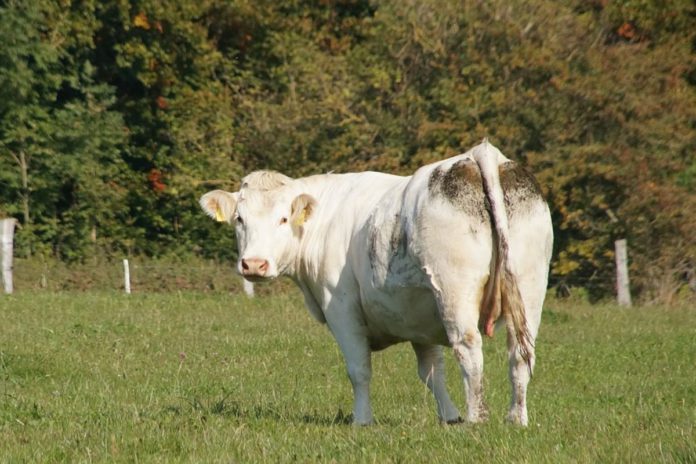Supporting Irish livestock farmers’ transition to alternative land uses by providing farm diversification options is one of the main recommendations contained in the government’s Climate Action Plan 2023.
It has suggested four different diversification options in its plan, which, it says, set out a roadmap for taking “decisive” action to slash the country’s emissions by 50% by 2030 and reach net zero no later than 2050.
It states that the 2023 plan, which is a second annual update to its 2019 plan, sets out how the island can “accelerate” actions it believes are required to respond to the climate crisis”.
The report states that livestock farmers will be provided with diversification options in:
- Organics;
- Tillage;
- Afforestation;
- Agri-centric biomethane production;
- Reduced management intensity of grasslands on drained organic soils.
The report states: “To have an impact, it is essential that any voluntary reduction is structured in a way that ensures that reductions in breeding ruminants on a participating farm are not offset by increases in breeding ruminant numbers.”
Farm diversification measures
The measures include the following:
- Expanding the biomethane sector through anaerobic digestion, reaching up to 1 TWh of biomethane. Deliver up to 5.7TWh of indigenously produced biomethane, based on ag feedstocks;
- Increasing the area of tillage to 360,000 hectares. Also potential to produce 40,000ha of beans to provide a native source of proteins. Exploit opportunities for high-value crops based on changing consumer preferences. Increase the volume of Irish grain in the high-value drinks industry and as a source of protein for the livestock industry
- Contributing to the delivery of the LULUCF targets for afforestation and reduced management intensity of organic soils. Increase annual afforestation rates from approximately 2,000ha/annum in 2021 and 2022 to 8,000ha per annum from 2023 onwards;
- Increasing the level of organic farming to 450,000 hectares. This requires an almost 5-fold increase.
Previous article on Climate Action Plan: 15 actions for ag sector in 2023





